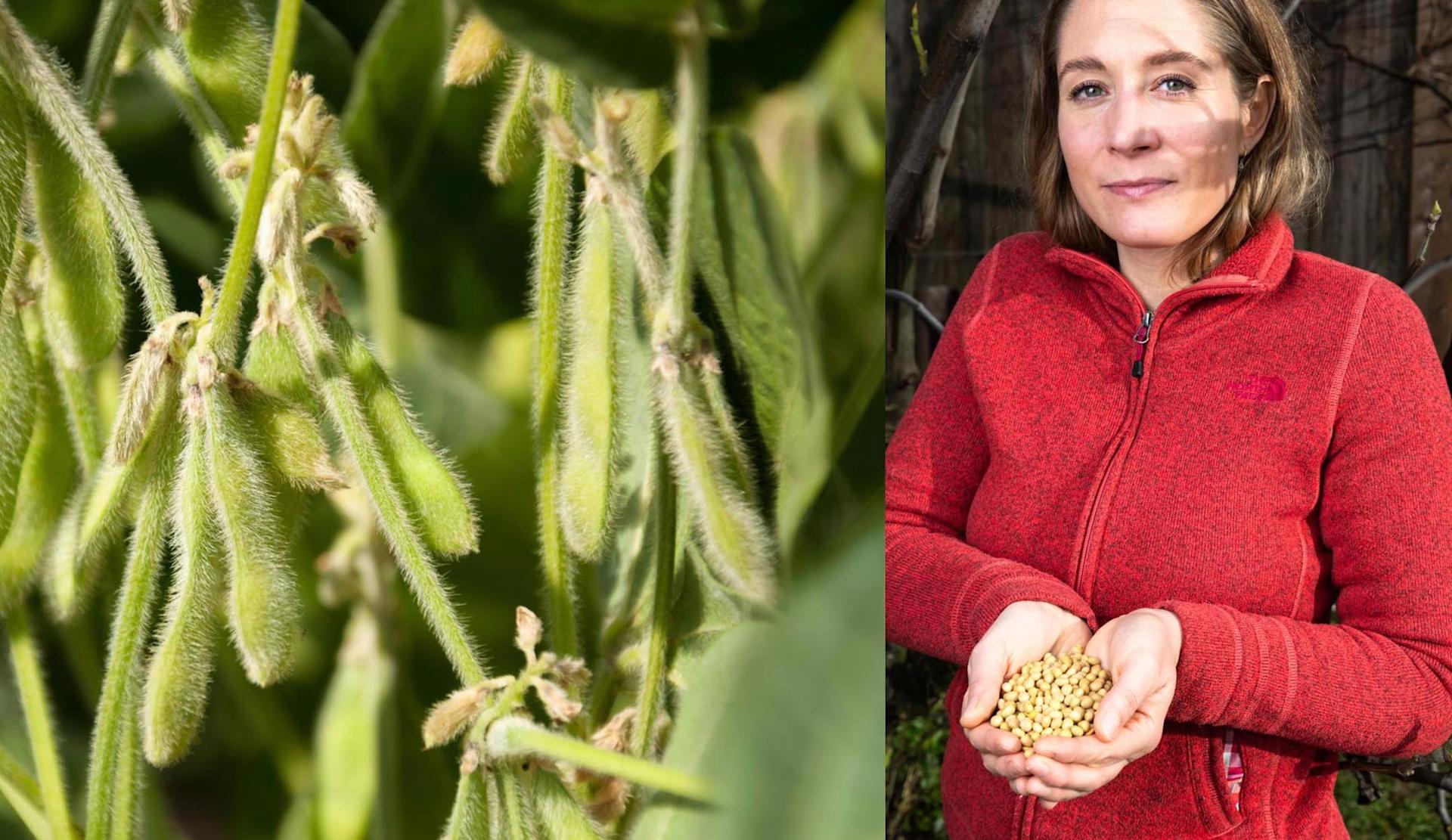
Climate & energy
Maximising your electric car's lifespan
What can you do to ensure that the batterie continues to work perfectly for many years to come?
navigation

Sustainability
Cattle graze next to soybean fields on the Garohof farm in the Bernese Seeland: why the future looks bright for this pairing.
Because soybean cultivation and cattle farming complement each other perfectly, as Dominique Kramer, 34, explains. “We think cyclically,” she says. In other words, the soil needs food – which the cows provide in the form of manure and slurry. To protect the soil, Kramer and her parents regularly leave their fields in Tschugg, canton of Bern, to grow into meadows. The cows, in turn, eat the grass. “We only keep as many cattle as our farm has grazing land – and, in turn, food – for.” It is also important to the farmer that production complies with organic principles.
Soybeans are unfussy plants that tolerate heat and drought well – a clear perk in times of climate change, says Kramer. In addition, soybean plants do not need any fertiliser because they bind nitrogen and, unlike most crops, do not draw it from the soil but from the air. As Kramer summarises: soybeans are perfect for organic cultivation.
Organic soybeans have been growing at the Garohof since 2016, and to date there are no pests or diseases in Switzerland that would pose a threat to this plant. “We don’t know whether this will change as our winters become increasingly mild, when potential pathogens are no longer paralysed by cold temperatures,” says Kramer. Kramer only grows soybeans for human consumption, using a different, higher-quality variety than that used for animal feed.
Switzerland’s demand for soybeans has been on the up for some time. The Garohof could certainly sell more soybeans, but producing more is not an option. “We maintain a certain crop rotation and take breaks from cultivation so that the fields can recover and the soil remains fertile,” explains Kramer. Corn, soybeans, wheat, sunflowers, again wheat and grass grow in the fields in this order. Soybeans are only grown on the same plot every six years.
Soybeans: harmful to the environment? We respond to common preconceptions in our article Fact-checking myths about soy
You thereby save electricity as well as energy and help to protect the climate.